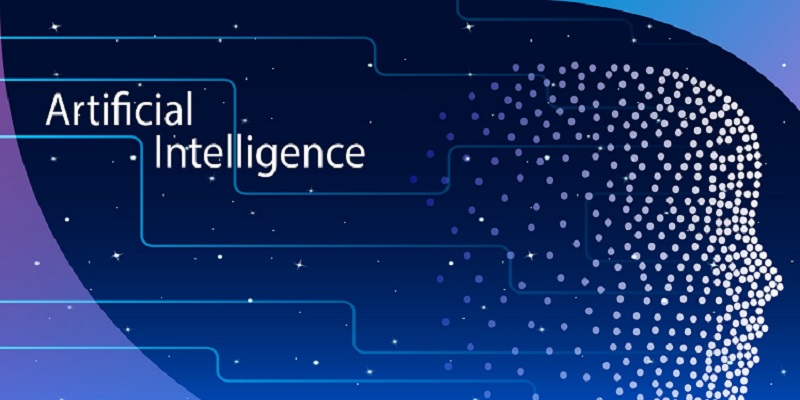In today’s digital landscape, businesses are constantly seeking innovative ways to create compelling content and engage with their target audiences. Enter generative AI, a cutting-edge technology that has revolutionized content creation and marketing. This article explores how generative AI can seamlessly generate high-quality visuals, offer personalized recommendations, streamline A/B testing and optimization, craft SEO-friendly content, and strike the perfect balance between human creativity and AI efficiency. Additionally, we will delve into the data challenges of generative AI, the importance of training and understanding its capabilities, and how embracing AI can save time for core operations.
Creating High-Quality Visuals with Minimal Human Intervention
With generative AI, content creators can now produce realistic and visually stunning visuals with minimal human intervention. By leveraging advanced algorithms and large datasets, generative AI technology can analyze and learn from patterns and generate visuals that rival those created by skilled human designers. The benefits of minimal human intervention in the creative process include increased efficiency and reduced production costs, while maintaining a high level of quality and innovation.
AI-Powered Recommendation Systems for Personalized Suggestions
Personalization is key to enhancing user satisfaction and engagement. AI-powered recommendation systems can analyze vast amounts of user data, including browsing history and preferences, to offer tailored content suggestions. By harnessing generative AI, marketers can deliver personalized recommendations that meet users’ specific needs and interests, thereby increasing engagement and ultimately driving conversions. This capability allows businesses to build stronger relationships with their audience and improve overall customer satisfaction.
Streamlining A/B Testing and Optimization with Generative AI
A/B testing and optimization are integral parts of any marketing strategy. Generative AI can significantly streamline this process by quickly generating and testing multiple variations of content. This not only saves time but also enables marketers to gather valuable insights and identify the most effective content variants. By utilizing generative AI in A/B testing, businesses can optimize their digital marketing campaigns, improve conversion rates, and ultimately achieve better results at a faster pace.
Crafting SEO-Friendly Content with AI Algorithms
Search engine optimization (SEO) is crucial for businesses to ensure their content ranks well in search engine results. AI algorithms can play a vital role in creating SEO-friendly content by analyzing search patterns and identifying appropriate keywords, optimizing meta tags, and structuring the content in a reader-friendly manner. With generative AI, marketers can efficiently create content that not only appeals to search engines but also resonates with their target audience, leading to increased organic traffic and higher online visibility.
Balancing Human Creativity and AI Efficiency
While generative AI offers tremendous efficiency and scalability, it is essential to strike the right balance between AI-generated content and human creativity. AI can generate large volumes of content, saving time and effort, but human insight and creativity can add a unique touch that resonates with the audience on a deeper level. It is critical for businesses to leverage AI-generated content for efficiency and scalability while incorporating the expertise and creativity of human content creators to achieve the perfect blend.
Reviewing and Updating AI-Generated Content
To ensure the relevance and quality of AI-generated content, regular review and updates are essential. The dynamic nature of industry trends and search engine algorithms requires continuous monitoring and adaptation. By reviewing and updating AI-generated content, businesses can keep pace with evolving trends, optimize for new algorithms, and maintain a fresh and engaging online presence. This ongoing refinement ensures that AI-generated content remains valuable and aligned with the ever-changing digital landscape.
Data Challenges in Generative AI
Generative AI models rely on substantial amounts of high-quality data to produce relevant and meaningful outputs. However, collecting, curating, and maintaining this data pose significant challenges. Businesses must invest in robust data collection strategies while ensuring the accuracy, relevance, and diversity of the dataset. Additionally, data privacy and security also need to be carefully addressed to maintain public trust and comply with regulatory requirements.
Training and Understanding AI’s Capabilities in Marketing Applications
While generative AI holds immense potential for marketing, its effective utilization requires proper training and understanding of its capabilities. Marketers and content creators need to acquire the knowledge and skills to harness the power of generative AI effectively. This includes staying up-to-date with the latest advancements, understanding the limitations and ethical considerations of AI, and learning how to interpret and apply AI-generated insights in marketing workflows. Building a solid foundation of AI expertise enables businesses to leverage generative AI to its fullest potential.
Embracing AI as a Time-Saving Ally for Core Operations
The integration of AI in marketing is not limited to content creation alone. By embracing AI as an ally for core operations, businesses can reclaim valuable time and resources. AI-powered automation can streamline repetitive tasks, such as data analysis, customer segmentation, and campaign optimization, allowing marketers to focus on strategic decision-making and value-added activities. This broader adoption of AI in business operations can lead to increased productivity, improved efficiency, and better overall outcomes.
Generative AI presents an incredible opportunity for businesses to elevate their content creation and marketing efforts. It enables generating high-quality visuals with minimal human intervention and offering personalized recommendations. It streamlines A/B testing and optimization, crafts SEO-friendly content, finds the right balance between creativity and efficiency, and saves time through AI-powered automation. The advantages of generative AI are undeniable. However, businesses must also address the challenges related to data, training, and understanding AI capabilities. By embracing generative AI as a valuable tool and collaborator, organizations can unlock new levels of productivity and success in their content creation and marketing strategies.

